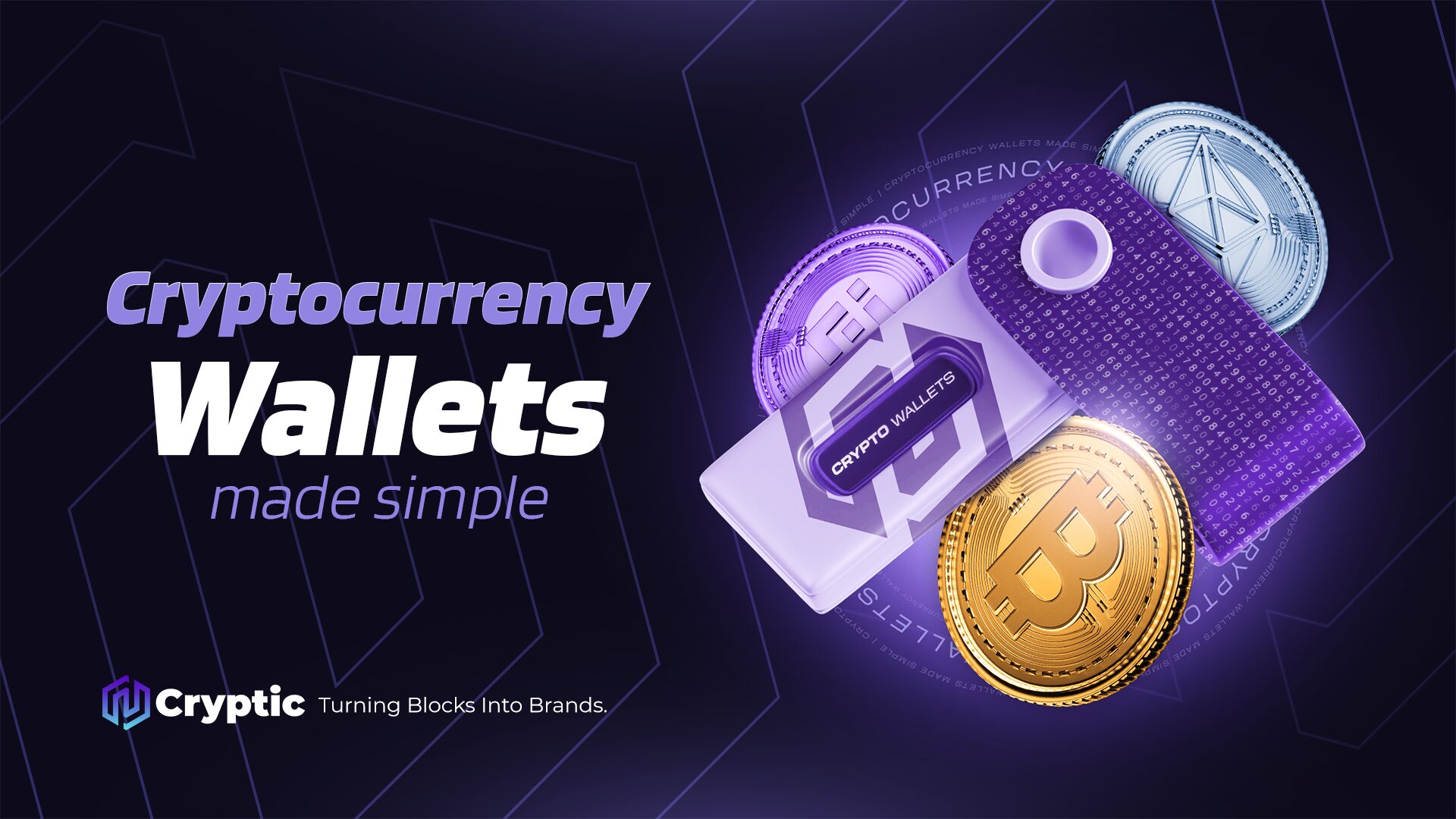In the world of cryptocurrencies, the digital wallet is the starting point. It is through this tool that digital assets are stored, transferred and accessed. More than a practical utility, it represents the core of financial sovereignty: direct control over one’s wealth, without reliance on intermediaries.
In a decentralized system, there are no banks to reverse transactions or support teams to recover forgotten passwords. This means that the security of the assets is directly linked to how the wallet is chosen and used. Understanding how it works is essential for responsible investing and for protecting what has been built. The wallet is not just a storage tool. It marks the beginning of an investor’s relationship with the crypto world.
Types of wallets: understand the differences between hot and cold wallets

When deciding how to store crypto assets, it is important to know the two main types of wallets: hot wallets and cold wallets. Both serve the purpose of holding private keys, which allow access to the assets, but they differ in their connection to the internet and the level of security they offer.
Hot wallets are connected to the internet. They may come as mobile apps, desktop software or browser extensions. This constant connection brings convenience to those who perform frequent transactions but also increases exposure to digital threats such as hacking, malware or phishing attacks. These wallets require enhanced security measures such as strong passwords and two-factor authentication.
Cold wallets operate offline. These include physical devices like Ledger or Trezor hardware wallets, or even printed versions containing private keys. Because they are not connected to the internet, cold wallets are much less vulnerable to digital attacks and offer greater protection. However, they require care with physical storage since losing the device or the paper may result in permanent loss of the assets.
Choosing between an online or offline wallet depends on the investor’s profile and goals. Those who move assets frequently might prefer the convenience of a hot wallet. Investors focused on long-term storage and security may lean toward a cold wallet. In many cases, combining both types can be the most effective solution by using each one according to its purpose.
Examples of the best wallets

We can highlight some of the top wallets available today to help investors make informed decisions. Leading options for cold storage include Ledger and Trezor, known for their strong security features. For those needing convenient access and ease of use, hot wallets like MetaMask and Trust Wallet offer user-friendly interfaces and quick transaction capabilities. Exploring these trusted wallets can guide users in choosing the right tool that fits their investment style and security requirements.
How to choose a wallet and protect your digital assets securely
Selecting a crypto wallet is a strategic decision. It is the frontline of digital asset protection and should be based on factors like frequency of use, investment goals, risk tolerance and familiarity with technology.
Frequent users may benefit from internet-connected wallets such as apps or browser-based solutions. Long-term holders often prefer physical devices for their robust security. A hybrid strategy is also possible, using different wallets for different needs and balancing convenience with protection.
Regardless of the type, following security best practices is essential. Keeping private keys strictly confidential, using strong and unique passwords, enabling two-factor authentication and maintaining device software up to date are all non-negotiable habits. Avoiding public Wi-Fi networks reduces exposure to risks. For cold wallets, storing them in secure physical locations and creating separate backup copies is key to avoiding irreversible losses.
By choosing a wallet thoughtfully and adopting proper safety measures, investors enhance security and maintain full control of their digital holdings.
Common mistakes to avoid when using crypto wallets
Even with good tools, careless behavior can jeopardize digital assets. Many losses in the crypto market are caused by avoidable errors that increase vulnerability.
A common mistake is storing private keys or recovery phrases in unsecured digital environments such as on computers or cloud storage. This can facilitate unauthorized access in case of a security breach. Another risky practice is downloading wallets from unofficial sources which may contain malicious code.
Neglecting to create backups of the information needed to restore a wallet is another frequent error. Losing a device without a recovery plan may result in permanent asset loss. Similarly, using weak passwords, skipping two-factor authentication or failing to update software weakens the entire security system.
It is also important to be wary of scams that promise quick profits or request remote access under the guise of technical support. These types of fraud remain widespread, especially among inexperienced users.
Avoiding these errors requires constant vigilance and a proactive approach. Security in crypto does not rely only on technology. It depends mainly on the person using it.
Security requires awareness and responsibility
Managing crypto assets means taking full control over them. And with autonomy comes responsibility. In a decentralized environment, there are no institutions to mediate, correct or reverse operational mistakes. The freedom offered by cryptocurrencies demands preparation, knowledge and discipline.
Choosing the right wallet, applying best practices and avoiding risky behaviors are not just recommendations. They are essential commitments for anyone who wishes to participate in the market consciously and sustainably. Digital wealth protection begins with the investor’s mindset. Being well-informed and acting responsibly is the safest way to build trust in this evolving financial landscape.



